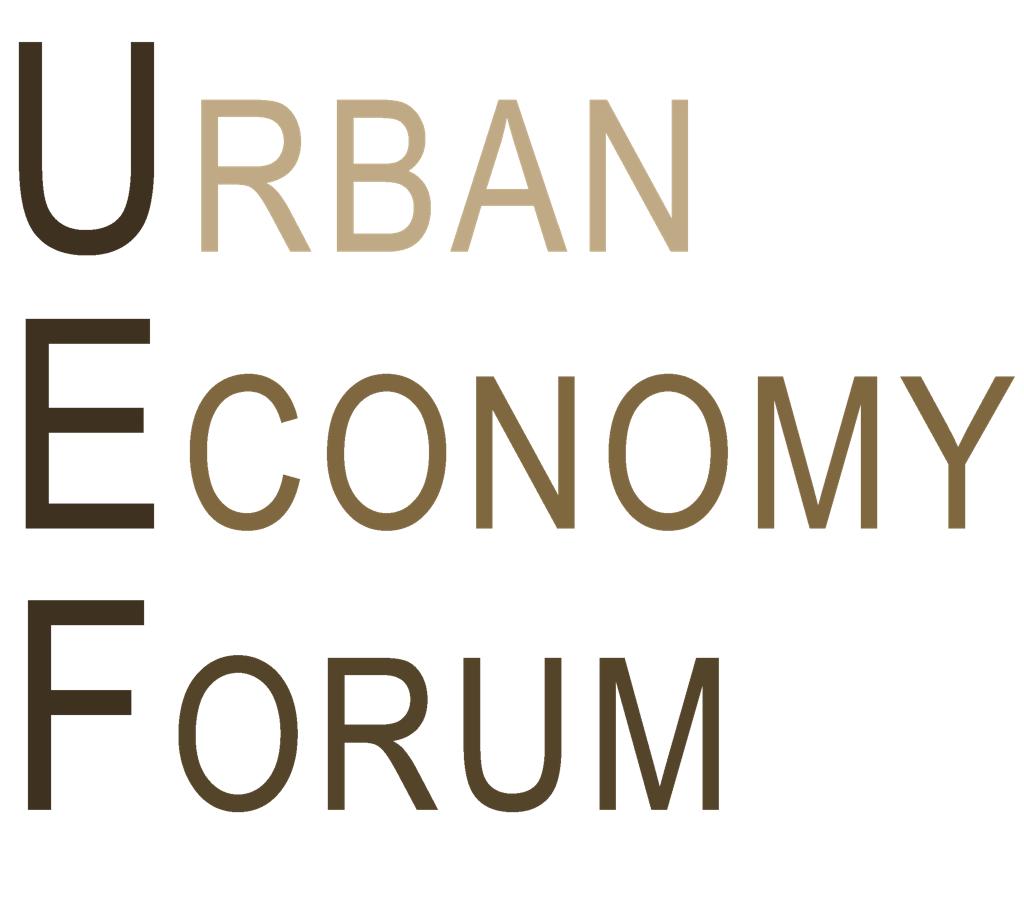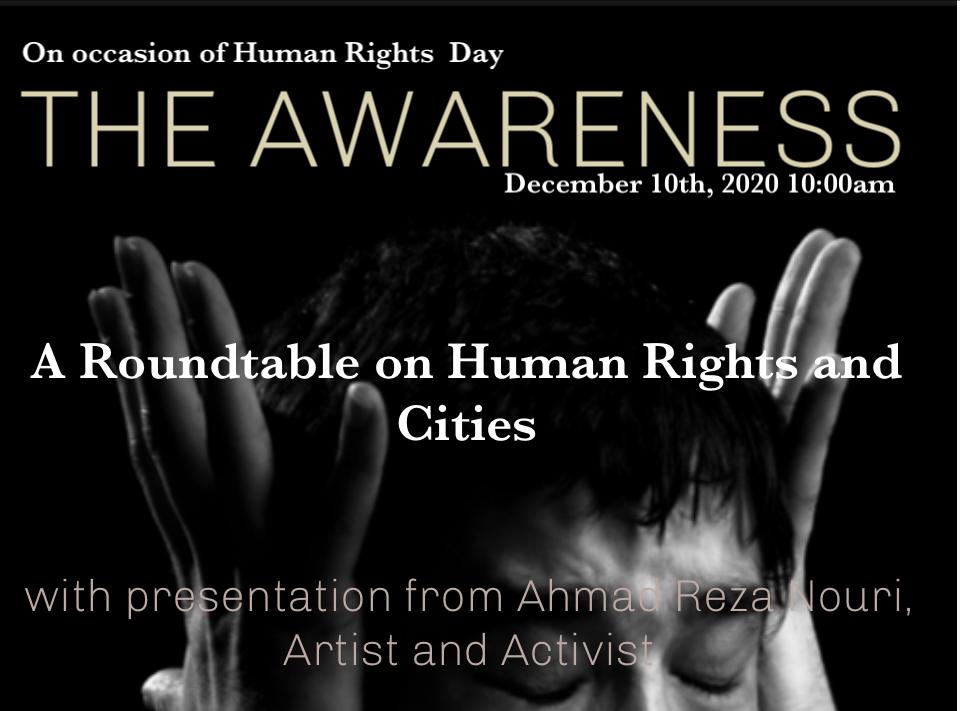News
December 10, 2020
Ebony Feathers
Arts and Human Rights: Reflections on Access to Artistic Education for Afro-Latin American Communities
Introduction
In times as turbulent as today, when the socio-cultural dynamics of many nations have been affected due to the current health emergency, reflecting on human rights becomes imperative. Commemorating Human Rights Day is, therefore, the propitious setting to exercise an introspective look in order to identify, in our countries, of possible transgressions of the most inalienable human rights. That way we could advocate for the prevention of the infringement of the rights based on a common feeling and effort.
Article 1 of the Universal Declaration of Human Rights states that: "All human beings are born free and equal in dignity and rights, endowed as they are with reason and conscience, must behave fraternally with each other." To which it adds in article number two: "Everyone has the rights and freedoms proclaimed in this Declaration, without any distinction of race, color, sex, language, religion, political opinion or of any other nature, national or social origin, economic position, birth or any other condition”. From these approaches it can be inferred that, without exceptions, discrimination based on race constitutes a flagrant violation of human rights.
However, many cultures and ethnic groups in Latin America continue to be marginalized, today, due to race and ethnicity. Trapped in Colombia for about a year, due to the pandemic, I had the opportunity to participate in various training spaces, with a differential approach, fundamentally oriented towards the preservation, representation and vindication of Afro culture in a multiethnic and multicultural society. Those experiences on Colombian soil provided the motivation for these reflections and, therefore, they become the basis of this article.
Reminiscences of the Colonial Past
The colonial past of the Latin American countries has cast the shadow of enslavement, the power relationships and the prevailing thought during the colonial period to the present day. Colonialism and slavery have bequeathed a negative vision of the black, from which many people consider afro descendants lack of virtue and possess limited ability for intellectual and professional work, and similar flowed beliefs. In this lies the basis of stigmas and stereotypes that marginalize the values and contributions of this culture, whose background derives from a sad historical reality: Afro communities have inherited poverty and the inability to access spaces for growth and learning in most of Latin American countries.
Fortunately, the various forms of cultural resilience developed by enslaved people during the colony have also left their legacy: a vibrant, enriched and value-laden culture that has survived centuries of marginality, misfortune and impossibilities. Art, literature, philosophical thought and many other spheres of human development owe undeniable contributions to Afro. This makes it necessary to vindicate it to face the prevailing discrimination in the most dissimilar contexts of the region and to achieve historical justice. Therefore, making causes, consequences and circumstances visible can become a shield against the harmful impact of stigmas and stereotypes disseminated, even unconsciously in our societies.
The Relevance of Art in Creating a Social-Consciousness
The communicative component of art is complete only when it is decoded by certain audiences. This shows the importance of this means of creation to form and promote a social conscience. While the so-called sobriety discourses, used by the current centers of power and legitimation, allow the imposition of dominant epistemic positions due to their denotative character; artistic discourse allows the viewer to interpret the work of art from a personal perspective, usually impregnated with a certain polysemy. This connotation makes the creator less visible, leaving the artistic product before the observers and allowing her/him to take an active position in the construction of his/her own truth. Art, therefore, can become a bulwark to model a mentality against racial discrimination, based on ideological instruction.
Any artistic form is useful for such purposes, however, the growing consumption of the audiovisual media in the current period of isolation has corroborated its undeniable influence in the construction of collective imaginaries and ideologies, among different audiences. Countless people have shaped their worldview to the measure of what the media communicate; therefore, audiovisual art constitutes an effective tool to fight against lags of colonial thought in relation to Afro culture. The aim should be touching minds and hearts to bring about a more just and inclusive mindset, which is a difficult but redeeming task. The main problem in this regard is that, although technological advances are democratizing, Afro-Latin American communities have restricted access to artistic formation spaces, a panorama that acquires greater complexity in the specific field of audiovisual art.
Cities in the Face of Artistic Formation with a Differential Approach in Times of Pandemic
Since numerous socio-cultural spaces are concentrated in cities, characterized by great dynamism in the arena of artistic creation and consumption, they represent important scenarios for training in artistic creation. Its inestimable influence on rural areas is evident not only because of the way they guide their economies and behavioral dynamics, but also when it comes to inherited cultural paradigms. This justifies the relevance of spaces that favor cultural exchange and identities reaffirmation, such as Hamel Alley or the Yoruba Association, in the case of Havana.
These are sites that promote dialogue, as well as the transmission of knowledge and criteria around the Afro, in which prevail art and culture. In addition, these spaces function as urban symbols by legitimizing the ethnic and cultural legacy of a said group. The inclusive nature of these settings makes them cultural spokespersons for respecting multiculturalism within a society in which numerous communities coexist, united by identity ties, their values and traditions.
Current circumstances, due to the spread of the pandemic, have prevented the operation of such spaces. Numerous areas destined for cultural exchange have been forced to close to fulfill an urgent need; social isolation. However, along with the closure of meeting places, other initiatives in this regard have been consolidating. Virtuality has become an alternative reality to establish new interactions, even with a wider scope. Identity communities, within cities, have moved with greater force to the internet, extending their spectrum by overcoming geo-physical barriers, imposed by being in person. However, most Afro communities cannot enjoy these advantages because in many cases they do not have the necessary connectivity, which has become a brake on their cultural, intellectual and spiritual development.
Conclusion
Given the complex reality exposed, it is necessary to advocate for the transformation of the living conditions of Afro-Latin American communities so that new generations can access, in the first instance, the advantages of virtuality. In this sense, it has been particularly illustrative of my experiences working for the Major Contar lo Nuestro and the Filma Afro Comunitario workshop (formative experiences in the Colombian context). These projects helped young people of Afro origin learn to measure their culture values and translating them through audiovisual art, based on visions impregnated with respect, admiration and truthfulness. These Colombian initiatives brought together voices from different latitudes, allowing them to exchange and unleash their talents; experiences that demonstrate the importance of virtual projects of this nature. Consequently, online training spaces that take the art academy to those who, despite their talent, do not enjoy the possibility of aspiring to their professional performance as artists, should be sponsored, promoted and encouraged.
This would chart a new path towards a more inclusive and enriched artistic representation, while avoiding the traditional reproduction of stigmas and social stereotypes that denigrate Afro descendants from dissimilar regions of the continent. It is essential that new voices begin to represent their realities, not from empty technological entrepreneurship, but from experience and the necessary knowledge. To do this, we should advocate for training spaces for Afro-descendant people from different latitudes, who have difficulties in accessing traditional educational centers. In this way, the maxim of José Martí, a distinguished Cuban thinker, would be asserted when he said: “Everything that divides men, everything what separates or corners them, is a sin against humanity. (…) Men have no special right by being of a race or another, we say human, and we are acknowledging every right”.
References
The views and opinions expressed in this article are those of the author and do not necessarily reflect the official policy or position of Urban Economy Forum, UEF
The Universal Declaration of Human Rights.
Martí, José. (2007). “Mi raza”, en Obras Escogidas. La Habana; Editorial de Ciencias Sociales: pp.203-206


